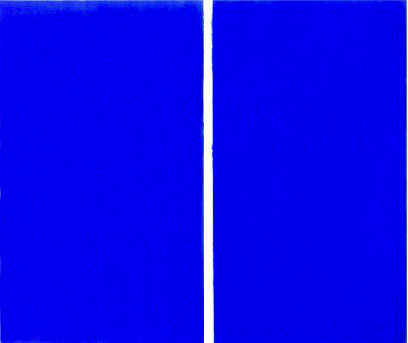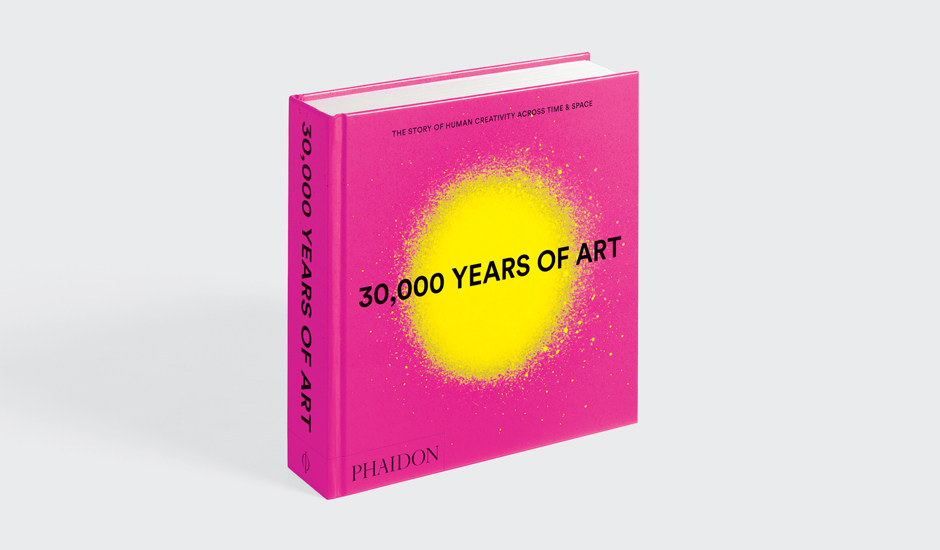
Why did Barnett Newman destroy his old art?
On the abstract expressionist artist’s birthday find out how he went from outcast to father figure of two generations
Some ancient works should obviously be included in our newly updated book 30,000 Years of Art. The importance, of say, the Venus of Willendorf or the cave paintings at Lascaux, are incontrovertible.
However, when it comes to modern inclusions, you often need a bit more insight. Take Barnett Newman’s art. The American abstract painter – who was born in New York City on this day, 29 January, in 1905 – makes the cut, thanks in part to Newman’s attempts to reengage with the medium of painting in the early 1950s, partly by destroying the stuff that he had made before.
“Newman believed that American and European art – Cubism, Surrealism, Regionalism and Realism – had run their course, and that an entirely new form of painting was needed. He destroyed much of his work made before 1940 and focused on his own style of mystical abstraction,” the book goes on to explain. “Newman is often associated with so-called Colour field painting, a branch of Abstract Expressionism that exploited sustained chromatic continuums in order to engage the beholder. The choice of hues and compositional order was kept relatively simple to heighten the overall iconic impact: what matters most is the sense of directness, uplift and awe.
“Onement VI is among the most commanding of Newman’s self-termed ‘zip’ paintings, in which one or more verticals punctuate an expansive chromatic field,” explains the text in our book. “In Onement VI the luminous ‘zip’ communes with the deep blueness in which it hovers, so that the two forces intensify each other. The large scale of the composition reinforces its impact as the sheer volume of colour appears to engulf the viewer, embodying the titular concept of ‘Onement’ (that is, physical union or oneness).”

Despite his attempt to remake abstract art anew, Newman’s paintings still leave room for humane brushstrokes and details, as our book notes. It was only a later generation, drawing on Newman’s example, that stripped out these personal details.
“Such painting was extremely influential for later movements, in particular Minimalism, which opted for austerity of expression and impersonal or even industrial production methods,” the text explains. “By comparison, Newman – whose touch is evident in the subtly inflected surface of Onement VI – wanted viewers to empathize with his images, which he considered palpable bearers of emotion.”
To find out more about Barnett Newman’s place in the greater sweep of human artistry, and to find out more about artists like - and unlike - him, get a copy of 30,000 Years of Art. Brought completely up to date for this revised edition and now available in a compact new format, this new edition of Phaidon's groundbreaking book presents art differently from all other compendia by revealing the huge diversity – or in many cases, the similarity – of artistic achievements around the globe. Find out more here.